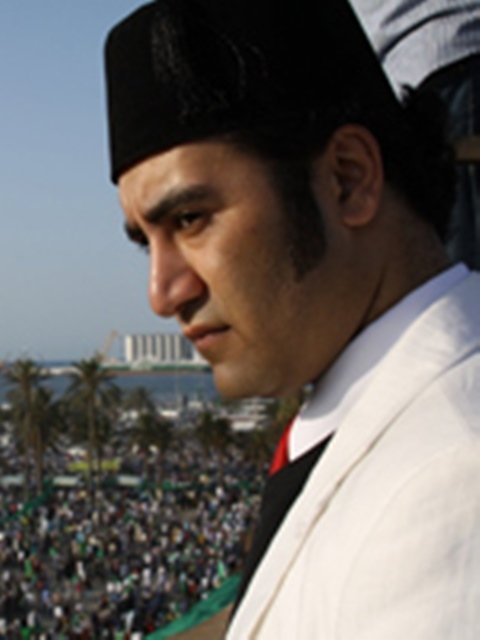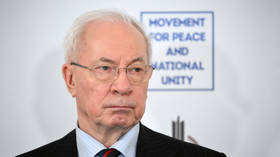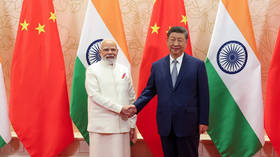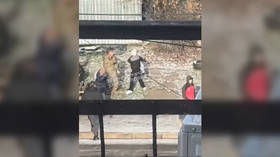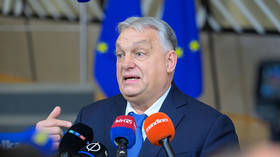America pursuing regime change in Iraq again
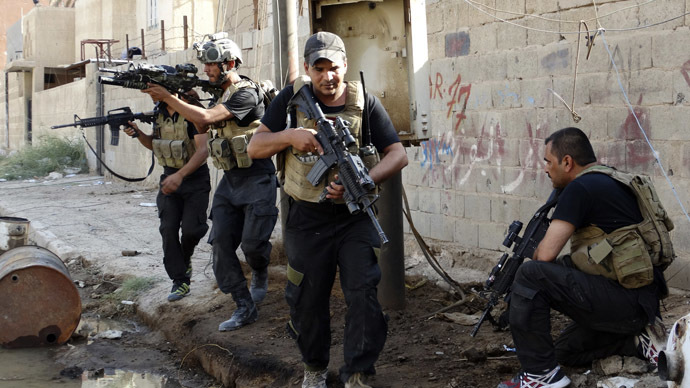
The capture of Mosul and Tikrit, and the attack on Iraq by foreign fighters is not a result of the failure of US policy. These attacks are actually the implementation and persistence of US policy in the Middle East.
There are a lot of misleading messages being sent by Washington about the situation in Iraq. This is being done directly by the Obama Administration through misleading statements by US officials and via the dissemination of misleading reports by the US federal government’s trusty global chain of mainstream corporate media networks.
Deconstructing Washington’s false picture of Iraq
There are five main points that the US government and the corporate media should be challenged on.
Firstly, the attack on Iraq by the Islamic State in Iraq and Syria (ISIS), which is more properly called the Islamic State in Iraq and the Levant (ISIL), is not haphazard. The ISIS/ISIL brigades did not just appear out of thin air. These foreign fighters have been trained, funded, and armed by Washington and its allies.
It is true that the ISIL has taken advantage of the general weakness of Iraq’s political structures and government corruption. This point, however, is being used to whitewash how Washington has nurtured both the ISIL and corruption in Baghdad.
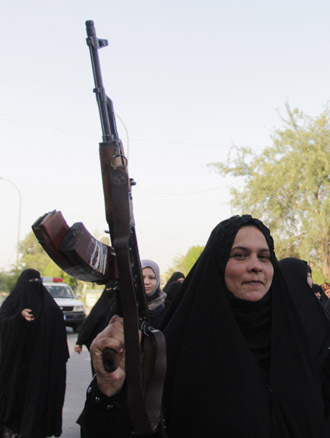
Secondly, the US government and its allies do not categorically oppose the ISIL attack on Iraq. They engineered the ISIL’s rise in multiple ways by keeping Iraq weak, by promoting sectarianism, and directly sustaining its development. In fact, the ISIL incursion into Iraq can be referred to as a US-manipulated invasion.
Thirdly, Washington is trying to make it look like it is cooperating with Tehran to stabilize Iraq. Although some level of cooperation or talks cannot be totally ruled out, it has to be emphasized that Washington and Tel Aviv would like to see Iraq used to destabilize Iran. By emphasizing and advertizing that it is cooperating with Iran, the US government wants to hide the US role in destabilizing Iraq as a means of destabilizing Iran, Syria, and the wider region. Moreover, the Iranian military and Iranian officials have dismissed Washington’s assertions of cooperation as false. In fact, Iranians officials have referred to the ISIL as the protégés of the US and Israel and Iran’s President Rouhani has diplomatically dismissed the notion of cooperation.
Fourthly, the US has been unhappy with the federal government of Iraq in Baghdad and the outcome of the Iraqi parliamentary elections which took place in April 2014. Although the US government is pretending that it wants to help the Iraqis and shedding crocodile tears, Washington’s real intentions became clear when US officials told the Iraqis that the Pentagon would help Iraq against the ISIL attack if the Iraqi federal government in Baghdad was replaced or changed.
Despite the Iraqi federal government’s flaws and shortcomings, it is a democratically-elected government and has managed to maintain a level of independence in its foreign policy towards countries like Iran, Syria, China, and Russia. The US dislikes this and Baghdad’s growing ties with these countries. The US was particularly upset by the fact that Baghdad refused to join the US-led regime change campaign against the Syrian government. Because of this, the US government is covertly using the ISIL to push regime change in Iraq via a strategy of simultaneous insurgent attack, the promotion of sectarian divisions, and US political pressure.
Lastly, the US government and its allies have been trying to paint a sectarian narrative to hide the real nature and origins of the ISIL and its attack on Iraq. By painting the picture of a sectarian Shiite-Sunni civil war between Muslims and doing everything possible to make this a reality, Washington and its allies are whitewashing their involvement in the creation of the ISIL and its use as a US asset or tool.
Warmongers like the British war criminal Tony Blair, the former prime minister of Britain who helped illegally invade and occupy Iraq in 2003, and Kenneth Roth, the executive director of Human Rights Watch that has demanded that a war on Syria be launched by the US government, even had the audacity to simultaneously claim on June 14, 2014 that the attack on Iraq by ISIS is the result of “not launching a war on Syria.”

Fighting the false Shiite and Sunni
Not only is it important to expose the people and organizations that are trying to paint the events in Iraq as some type of sectarian conflict that is devoid of foreign involvement, but those that are trying to label the events as a Shiite-Sunni conflict need to be corrected, if they are ignorant, and challenged, if they are liars and propagandists.
The Iraqi federal government is categorically not a “Shia government” and the ISIL is not a “Sunni” organization. Any person with a simple understanding of the configuration of the Iraqi federal government and Nouri Al-Malaki’s cabinet in Baghdad will know that it is demographically representative of Iraqi society and that, at the level of faith, it is composed of Shiite Muslims and Sunni Muslims and of Arabs, Kurds, and Iraqi ethnic minorities, at the level of ethnicity.
Looking over a list of the cabinet ministers and their parties and backgrounds will dismiss the false notions and claims that the federal government of Iraq is a “Shia government.” These facts, however, have never got in the way of the narratives and talking points that constantly refer to the Iraqi federal government as a “Shia government.”
As for the ISIL, most of its victims have been Muslims that are Sunni. The Iraqi soldiers that the ISIL fighters have killed are not exclusively Muslims that are Shiite. The ISIL fighters are also engaged in combat with the Kurdistan Regional Government’s security forces and Iraqi Arab tribes that are predominately Sunni Muslims. In fact, the vast majority of Muslims refuse to even recognize the ISIL as being Muslim, let alone as being Sunnis. In fact, Iraqis have vehemently protested this labeling of the ISIL as a “Sunni organization” and accused those doing this as trying to ferment hate between Muslims and Iraqis.
There should be no mistake about it; the US is using the ISIL to destabilize Iraq with the goal of controlling the Iraqi federal government in Baghdad and to weaken Iran and Syria. Where the US and its allies have failed in Syria, they now are turning their attentions back to Iraq.
The statements, views and opinions expressed in this column are solely those of the author and do not necessarily represent those of RT.
The statements, views and opinions expressed in this column are solely those of the author and do not necessarily represent those of RT.
